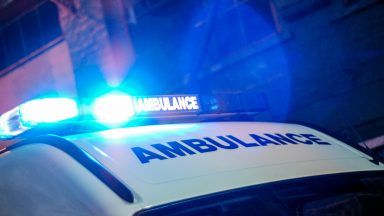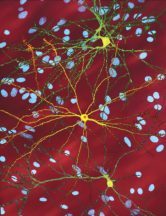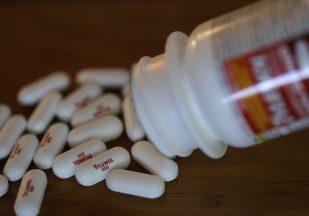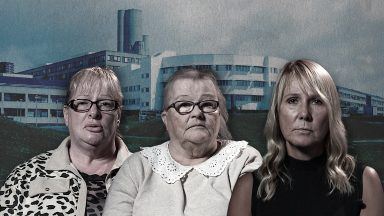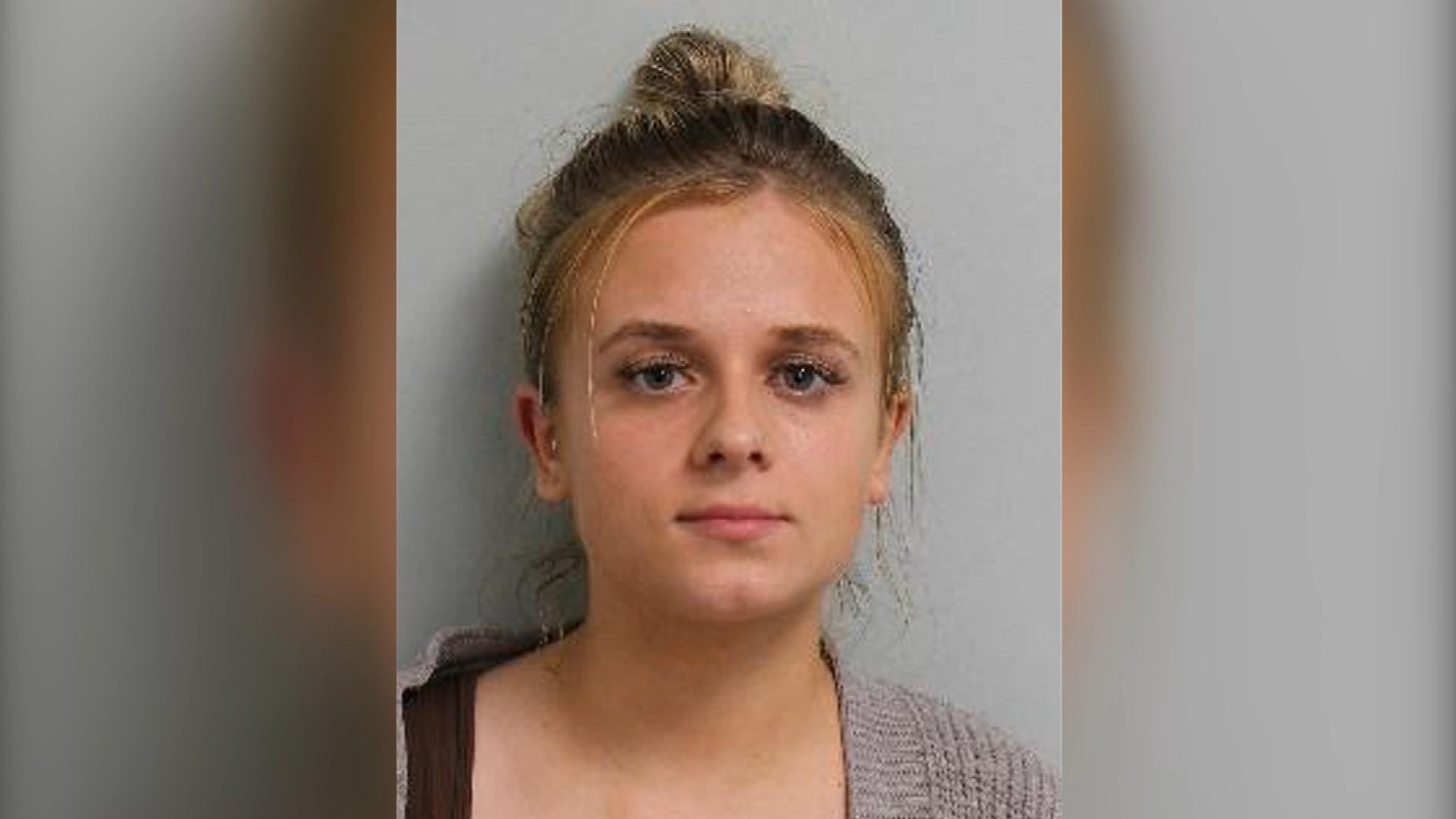Suspected drug deaths in Scotland rose by almost a fifth between December and February – with health secretary Neil Gray warning of the dangers of an “increasingly toxic and unpredictable drug supply”.
His comments came as new figures showed there were 251 suspected drug deaths between December 2 2024, and February 23 this year – an average of 21 per week.
The figures cover the period when the UK’s first safer drugs consumption room opened in Glasgow in January of this year.
However, the data, published by Public Health Scotland, showed that the number of suspected drug deaths over the December to February period was 17% higher than the previous three months, when there were 215 fatalities.
But it also pointed out that such deaths were 17% lower than the three months commencing December 2023, when there were 304 suspected drugs deaths, and 12% down on the three months from December 2022, when the total was 285.
The figures also showed a decrease in drug-related attendances at hospital emergency departments, with 977 of these recorded from December 2024 to February 2025.
This was 9% down on the previous three months, and 14% lower than the three months commencing December 2023.
However, the Rapid Action Drug Alerts and Response (Radar) report from Public Health Scotland noted that “drug-related harms remained high during the most recent quarter”, adding that there was a “notable rise in suspected drug deaths compared to the previous quarter”.
It added: “Intelligence indicates Scotland’s drugs markets are likely to be contaminated. Contamination is likely to involve toxic synthetic substances which increase the risk of overdose and death.”
Gray said the Scottish Government was also “working hard” to respond to the “growing threat” from polydrug use – where users take more than one substance.
The health secretary said: “While this publication records a quarter-on-quarter rise in suspected drug deaths, it also notes the year-on-year fall.
“We continue to monitor the situation and are working hard to respond to the growing threat from polydrug use, including ‘street benzos’ and cocaine, and from highly dangerous synthetic opioids like nitazenes in an increasingly toxic and unpredictable drug supply.”
Gray warned: “Such synthetics increase the risk of overdose, hospitalisation and death and are being found in a range of substances.”
He advised that “because of their strength” people should “carry extra life-saving naloxone kits” – which can be used to reverse an overdose.
Stressing that every drugs death is a “tragedy”, the health secretary said ministers were “determined to continue our efforts to reduce harm and deaths”.
He stated: “We want every person experiencing harm from drug use to be able access the support they need and through our five-year £250 million National Mission on drugs we’re taking a wide range of actions.
“These include working towards the opening of drug-checking facilities which would enable us to respond faster to emerging drug trends, opening the UK’s first safer drug consumption facility pilot, and widening access to residential rehab, treatment and life-saving naloxone.”
But Labour health spokesperson Jackie Baillie said the latest figures showed that “there is no room for complacency when it comes to Scotland’s drugs death crisis”.
She added: “Scottish Labour welcomes the safe consumption room pilot, but this is not a substitute for a co-ordinated effort to stop the supply of drugs by criminal gangs who have no thought for the tragedies they unleash.
“The SNP government must work with Police Scotland, local authorities and health boards to ensure that those making money out of this misery are held to account while their victims have the best possible chance of recovery.”
Follow STV News on WhatsApp
Scan the QR code on your mobile device for all the latest news from around the country


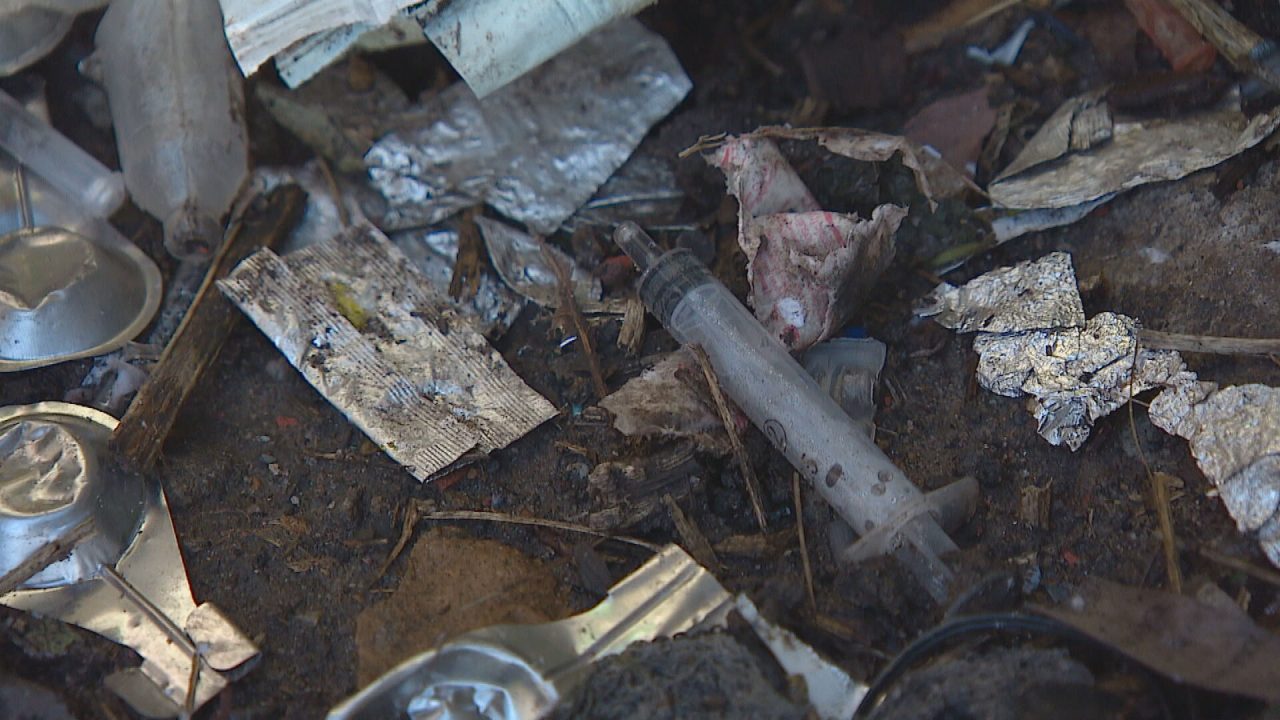 STV News
STV News



